Mașinile fără șofer au devenit simbolul IoT. Aşa va rămâne mult timp
Conceptul care reprezintă cel mai bine “Internet of Things” nu este termostatul inteligent sau fitness tracker-ul (deși oricare dintre acestea ar putea constitui un bun exemplu), ci este mașina fără șofer. Fiind unul dintre puținele vehicule autonome diferite, mașinile care se conduc singure nu sunt soluția pentru problemele transportului la nivel global, dar fac parte dintr-un nou set de concepte precum trenuri de mare viteză, autobuze ghidate, tramvaie modernizate. Acestea sunt părți importante din noul ecosistem al transportului, probabil și cel autonom.

S-a vorbit despre munca lui Henry Ford la începutul secolului 20, dar, cu toată sinceritatea, influențele lui au fost simțite mai mult în industria manufacturării în general, datorită popularizării liniei de asamblare decât în industria auto. Pentru a urmări evoluția mașinilor, trebuie să mergem înapoi încă aproape 150 de ani până la studiile lui Nicolas Joseph Cugnot, un inventator francez. El a creat primele automobile cu aburi capabile sa transporte oameni . După câțiva ani, François Isaac de Rivaz, compatriotul sau galic, a inventat un vehicul cu motor cu combustie internă, pe bază de hidrogen.
Dar, precum multe invenții majore pentru era lor, protagoniștii au fost pe rând, atât vizionari cât și ciudați. La fel ca și cercetările lor, pe cat de revoluționare au fost, au trecut decenii pâna sa fie înțelese. Asa sunt mașinile fără șofer de astăzi.
Ieri, mașinile erau o extensie a sinelui, oferind autonomie conducătorului și nu mașinii; sa meargă oriunde vor, oricând vor. Mașina era o parte din noi. Eliminarea factorului uman din mașina este văzută de unii ca o eliminare a personalității, încă un exemplu de pierdere a controlului asupra destinului. Așadar, mașina fără șofer a devenit unul dintre totemurile IoT, chiar dacă motivele inițiale nu au fost unele pozitive. Totodată, ceea ce a fost odată emblema unei societăți progresive, cu o economie ascendenta, este acum cunoscut ca dăunător, scump și este o pierdere de timp și de resurse.
“Internet of Things” este schimbarea de care mediul auto are nevoie. În timp ce staruri ale domeniului, precum Elon Musk, păstrează conceptul în zona media cu idei surprinzătoare despre colonizarea planetei Marte, va fi o combinație a traficului infernal, necesitățile mediului și munca unei industrii care câștigă aprobarea publică pe care o merită la scara înaltă. Presa s-a agățat de accidentele mașinilor fără șofer sau cu pilot automat. De fapt, întrebarea pe care ar trebui sa o pună este: pana la momentul în care un vehicul inteligent a făcut un accident, câte mașini neinteligente au făcut accident din cauza erorii umane? Se va ajunge într-un punct în care evidentele faptului ca mașinile inteligente ar trebui sa le înlocuiască pe cele normale vor fi atât de copleșitoare încât se va cimenta statutul iconic al mașinii, drept emblema a tot ceea ce înseamnă progres pentru “Internet of Things”.
(c) Google Waymo / BBC
http://www.iottechexpo.com/2016/12/iot/driverless-car-symbol-iot-smart-cities-transport/
Source: IOT Tech Expo
Photo/video source: IOT Tech Expo
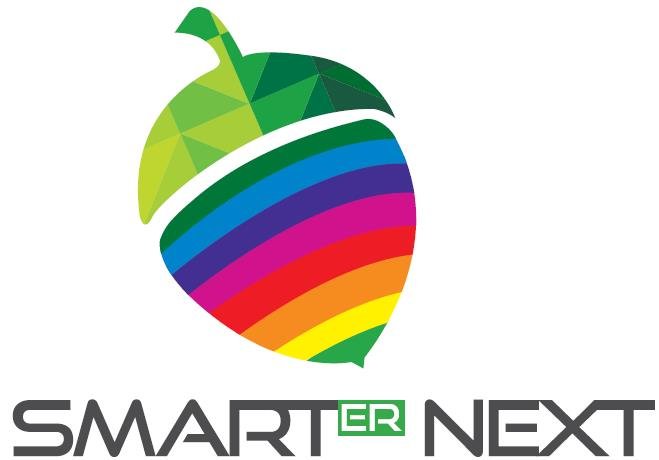
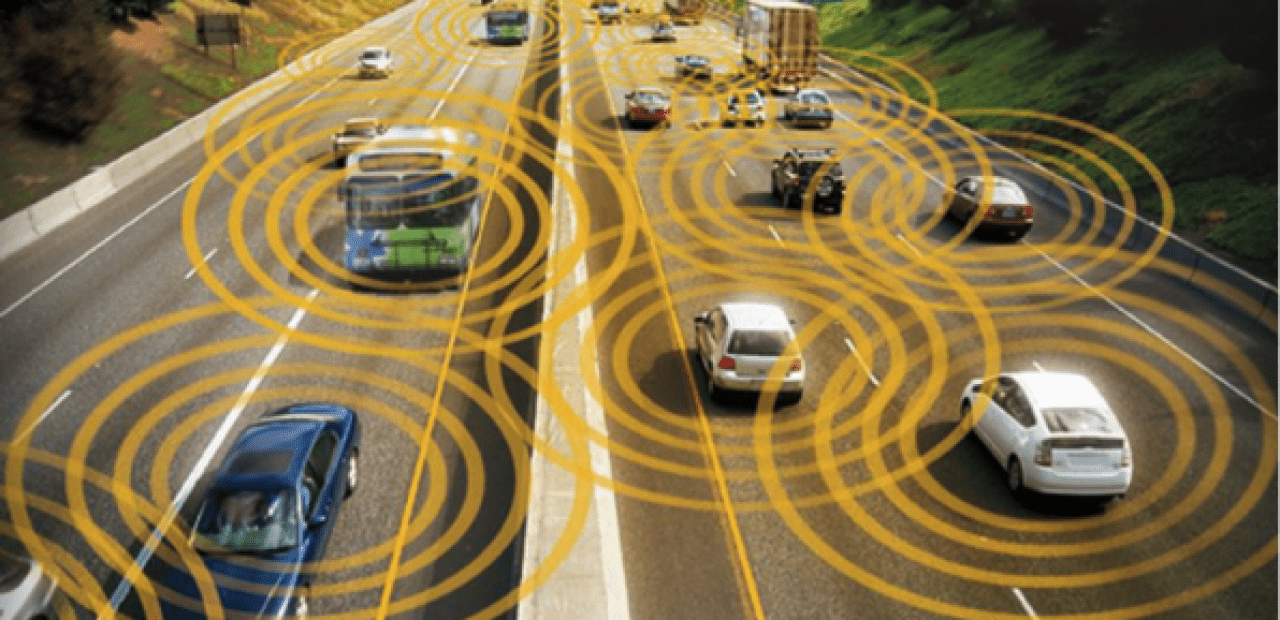
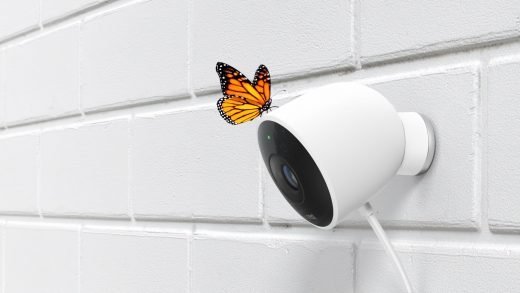
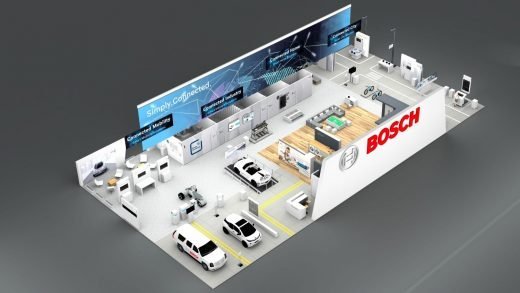
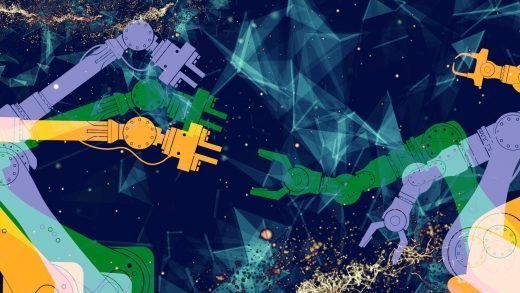
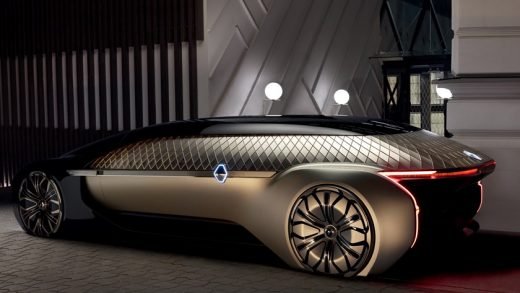
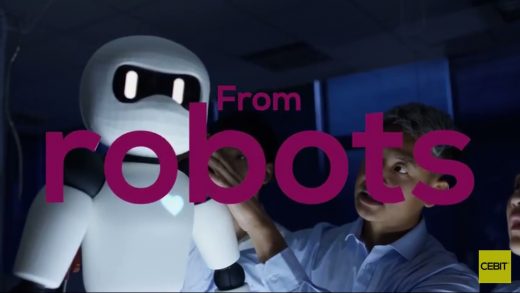
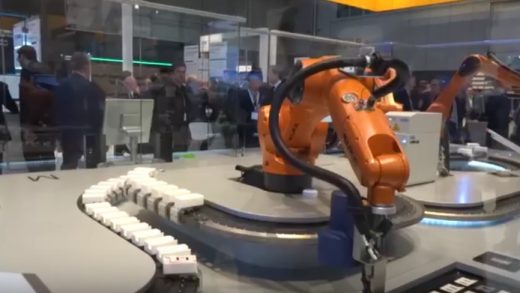
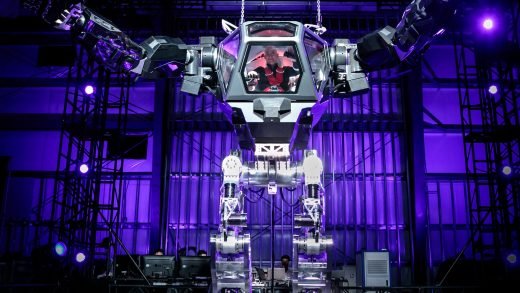
Comentarii recente